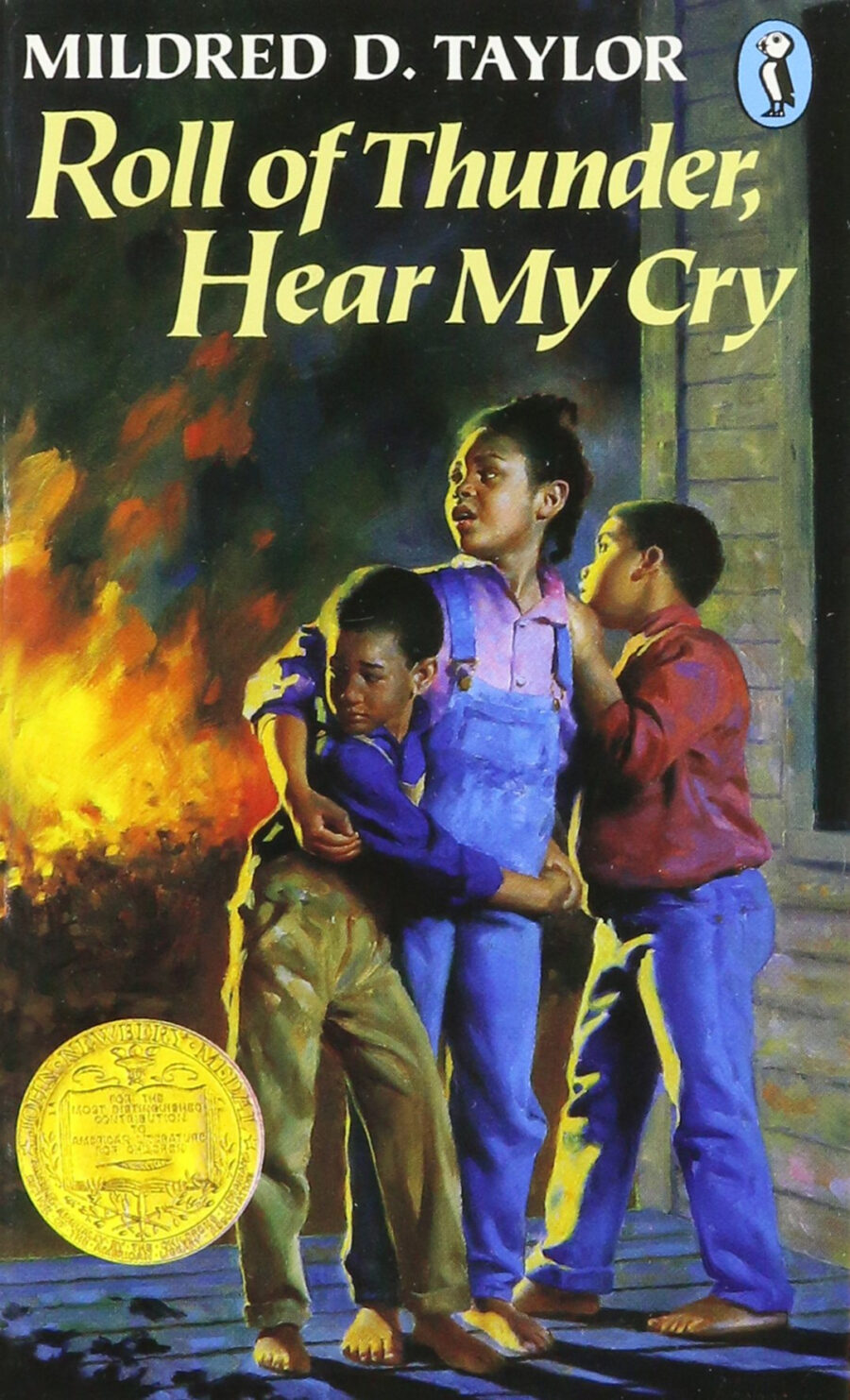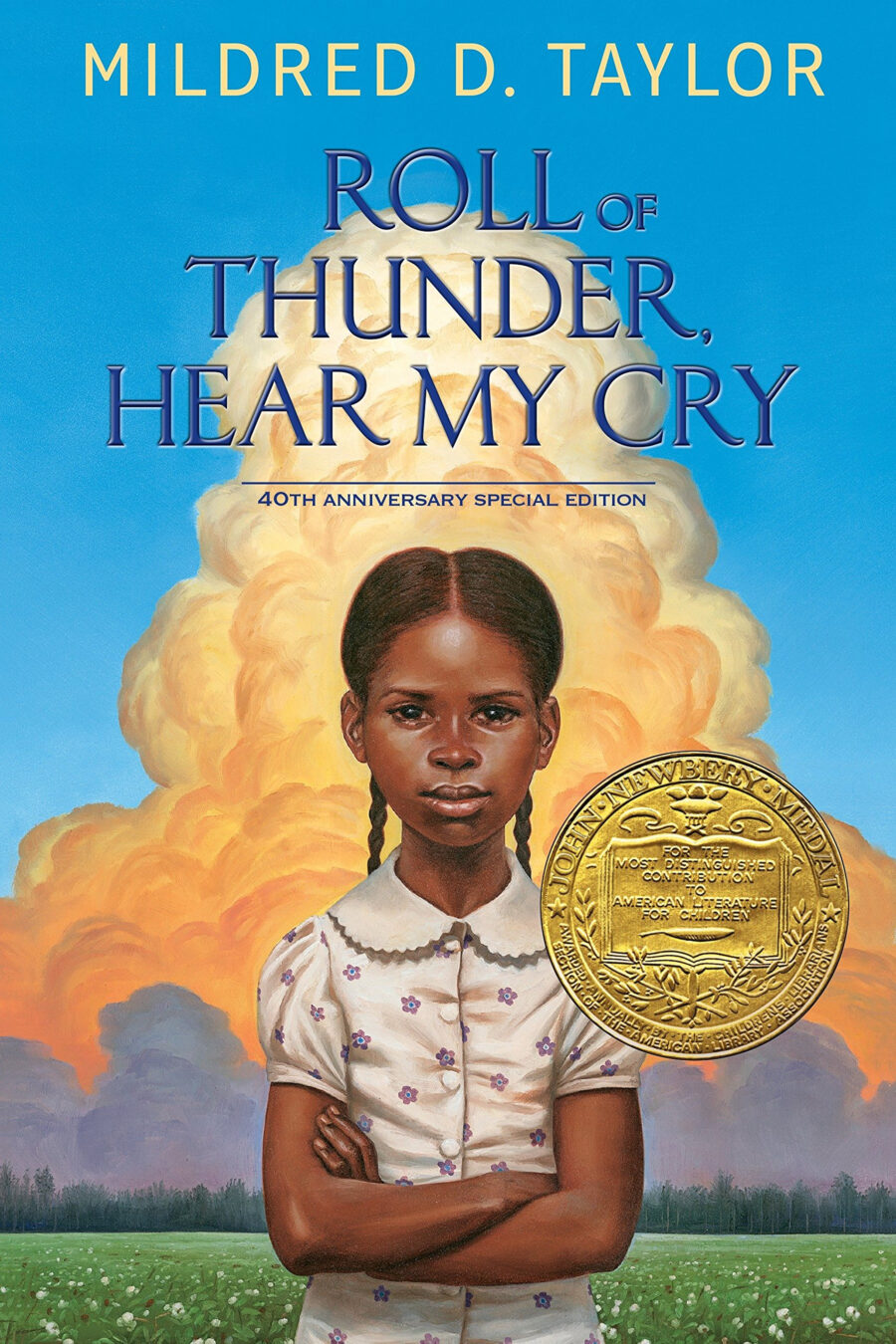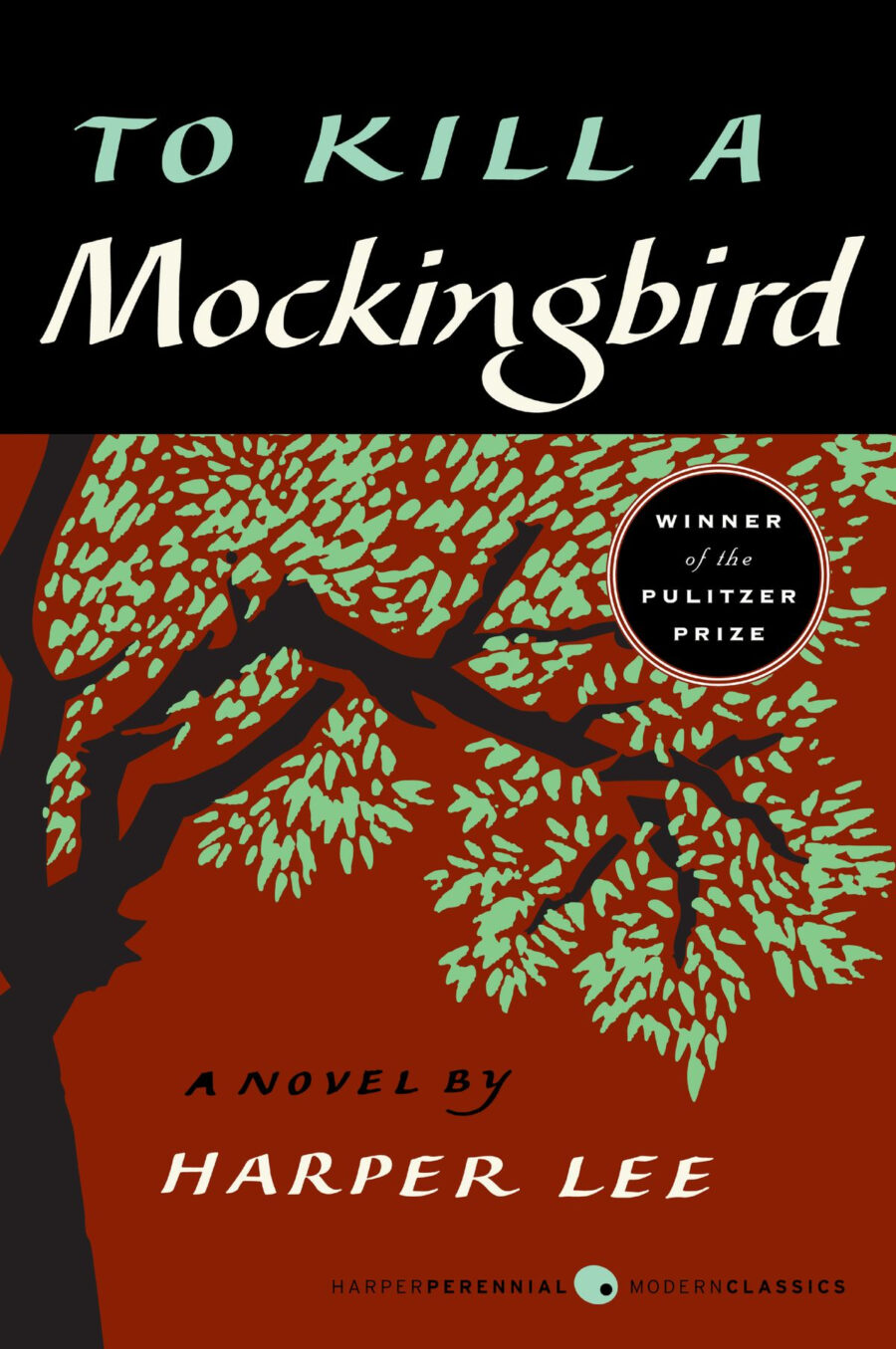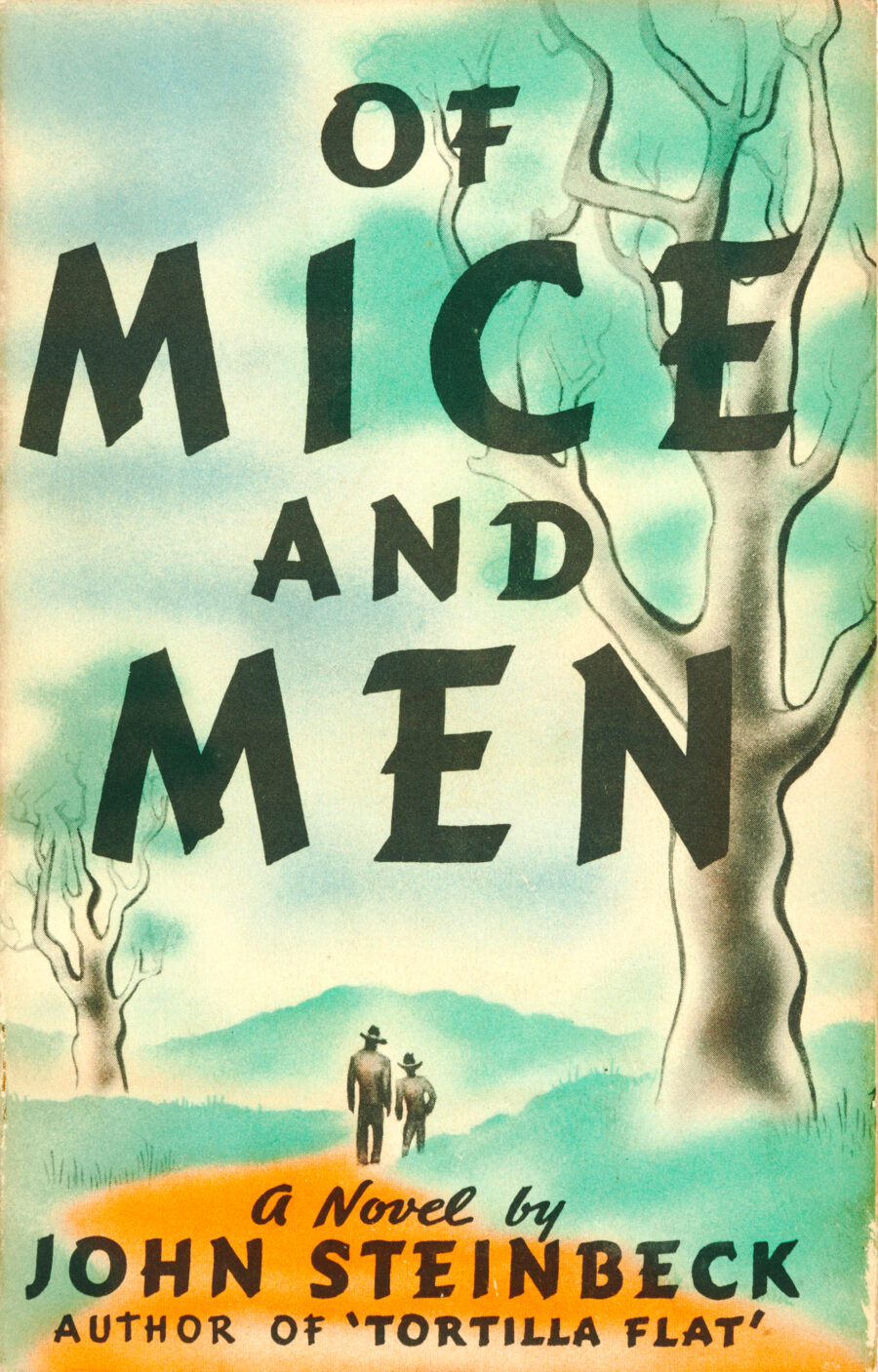5 Books Schools Are Starting To Ban
Are these about to become banned books in schools?
This article is more than 2 years old

A California school district is having a debate about banned books. While banning books isn’t that uncommon as a topic in American schools, this particular debate over racism charges has turned a lot of heads. As the culture shifts, should the books being taught in schools keep up? And how?
For Burbank Unified School District, the issue has been surrounding five books, and there are Black parents on both sides of the debate. The books in question include Harper Lee’s To Kill a Mockingbird, Mark Twain’s The Adventures of Huckleberry Finn, John Steinbeck’s Of Mice and Men, Theodore Taylor’s The Cay, and Mildred D. Taylor’s Roll of Thunder, Hear My Cry.

To better understand the debate happening in Burbank, it’s important to know that the author of Roll of Thunder, Hear My Cry is a Black woman. The story follows a young Black girl and her family as they deal with racism during the Jim Crow era in the American south. The story won a Newberry Medal in 1977 and has been considered a book that exposes the experience of racism for Black children in the United States.
But is it antiquated? And if so, does that merit adding the novel to the list of banned books? Does it merit banning any books, ever?
Mildred D. Taylor’s Roll of Thunder, Hear My Cry is at the center of this debate for a few reasons. For one thing, books by Black authors have historically been banned more frequently. For another thing, it’s the story that inspired Carmenita Helligar to request the banning. This happened after her daughter, Destiny Helligar, shared with her two painful stories. First, a white boy taunted her using the N-word in math class. Then, another white boy said to her, “My family used to own your family and now I want a dollar from each of you for the week.” The boys cited things they’d learned from Roll of Thunder, Hear My Cry as their inspiration for the racial taunts.

While the five possibly banned books are under a five-stage review process, the district has pulled the books from the curriculum. Their current reading list hasn’t been updated in 30 years. If the titles are pulled from the curriculum, they won’t exactly be banned books. The titles will still be allowed in the library, but they won’t be taught in the classroom.
Parents, teachers, and students are arguing from many angles in this debate. On one hand, the five banned books on this list all depict Black characters. Representation matters. By banning these books, are Black stories simply being erased from the narrative? Many are arguing for better instruction to come with the material.
This is an argument that is being made both inside and outside of schools. In 2020, many streaming services have put racism warnings before movies. In schools, it’s being argued that teachers should be better taught to have conversations about the themes brought up in these stories.

But, again, this list of titles taught in BUSD classrooms hasn’t been updated in 30 years. Many feel that because the stories tell of racism in decades past, they are teaching children that racism is something that used to exist but doesn’t anymore.
Others argue that by adding these classics to a list of banned books, students won’t learn the history of slurs like the N-word. They will hear that term in modern media. Without learning where it came from, they won’t understand the full depth of what it means.
Challenged books are nothing new. The American Library Association tracks banned books every year and releases lists of challenged titles. At a Florida high school, the book White Fragility was recently banned after parent complaints. In the past decade, the most frequently challenged books are LGBTQ stories. This points out that, culturally, we are shifting so that more LGBTQ stories have been recently published and are accessible to children. It also points out the backlash against these titles.

The school officials in Burbank are looking at the five banned books carefully. As they do, they’re not just asking whether the books should be banned, but are they the best books to be part of their curriculum? Especially as the culture continues to shift in 2020.










